Kenya
Eunice Akinyi needs water. She's come to this kiosk to collect a supply. In Kibera, one of Africa’s largest informal settlements, finding a clean, affordable water source can be difficult. But this new system provided by Shining Hope for Communities (SHOFCO) has offered people like Akinyi peace of mind. She can drink what she has collected today and wash clothes for her son without worrying. "I was using water from private water vendors, but since I have a young child, he suffered from rashes and diarrhoea and we used to go to hospital many times. When I drink it, it used to affect me.
When I washed clothes with water, my child got rashes and pimples on his body and had to keep rushing to the hospital which requires a lot of money. But since I started using SHOFCO's water, I have noticed positive changes," she says. SHOFCO uses a network of aerial pipes to supply water. It is significantly cheaper than private vendors, who charge between 10 Kenya shilling ($0.077) and 20 Kenya shilling ($0.15) for a 20-litre jerry can depending on the season, while SHOFCO’s kiosks offer the same amount for just three Kenya shilling ($0.023). Women, who bear the primary responsibility for fetching water, often face coercion, including sex-for-water exchanges, due to the scarcity and exploitation by cartels.
But since launching in 2016, SHOFCO has built 52 water kiosks fitted with automated pre-paid key card systems, eliminating the need for sellers and reducing opportunities for exploitation. "Earlier on when we relied on private water vendors, we had a problem especially when it was a man selling water. Some of them would want to have an affair with you so that you do not have to queue in long lines to get water. Sometimes as women we were forced to go fetch water at night but it was dangerous because you did not know who you would encounter," recalls Ivine Juma, another Kibera resident. Water pipes in Kibera are often laid on the ground and are unsafe due to widespread illegal connections and vandalism by water cartels, combined with poor government infrastructure and weak enforcement. Additionally, frequent flooding and inadequate sanitation leads to contamination of exposed pipes, increasing the risk of waterborne diseases.
The aerial design of SHOCO's system minimises tampering and contamination, allowing for rapid leak detection and repair. "Our system, we use aerial pipelines, simply because we don't want our water to be contaminated and also to have that ease of repairing the system. Because when you use the conventional system of trenching or laying pipes, when you have a leakage underground, you cannot really detect where the leakage is coming from and when the leakage happened. So our system is different because you are able to see," says Felix Nyauma, acting head of WASH at Shining Hope For Communities (SHOFCO). SHOFCO currently operates six boreholes and five water treatment plants. The aerial water pipe network now stretches 18 kilometres, serving 40,000 residents and dispensing 300,000 litres of water each day.
According to the 2009 census, around 170,000 people lived within Kibera’s 2.5 square kilometres. Since then, urbanisation and rapid population growth have likely increased the number of residents, further straining housing, sanitation and access to basic services. "People are always moving to the urban centres," says Aidah Binale, WASH programme coordinator at WASH alliance Kenya. "When you look at the master plans, some of them were laid in the1980s or 70s or 60s. And with the population now, it can't handle that. So we have to embrace some of these innovations that are in the settlements so that we able to make sure the residents we are working with have a good life, have better health." Pipes in the air is a solution to that problem.





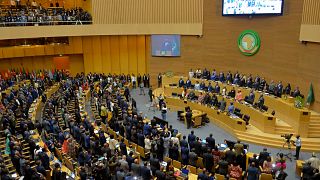
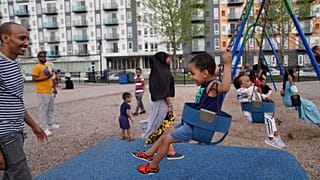

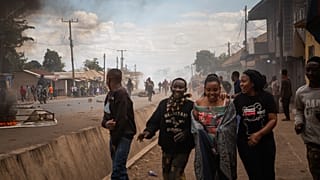
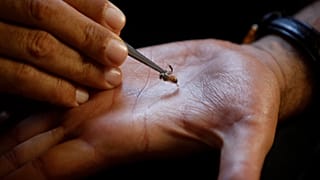
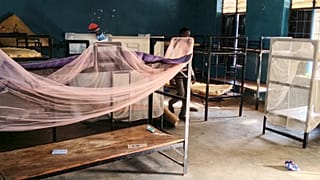
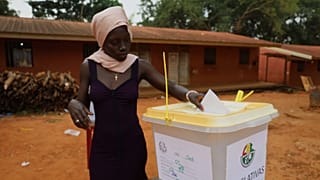

00:49
Flooding in western Iran after months of severe drought
01:11
Africa faces worst cholera outbreak in 25 years, says Africa CDC
01:14
Cholera surges globally as vaccine shortfalls and poverty fuel resurgence
01:46
Life inside the camps of Tawila in Dafur
02:03
Africa’s freshwater fish under threat as stocks decline
00:16
WHO: Cholera deaths up by 50% in 2024